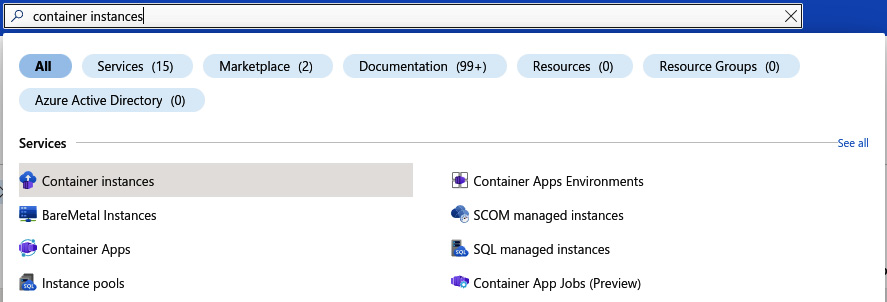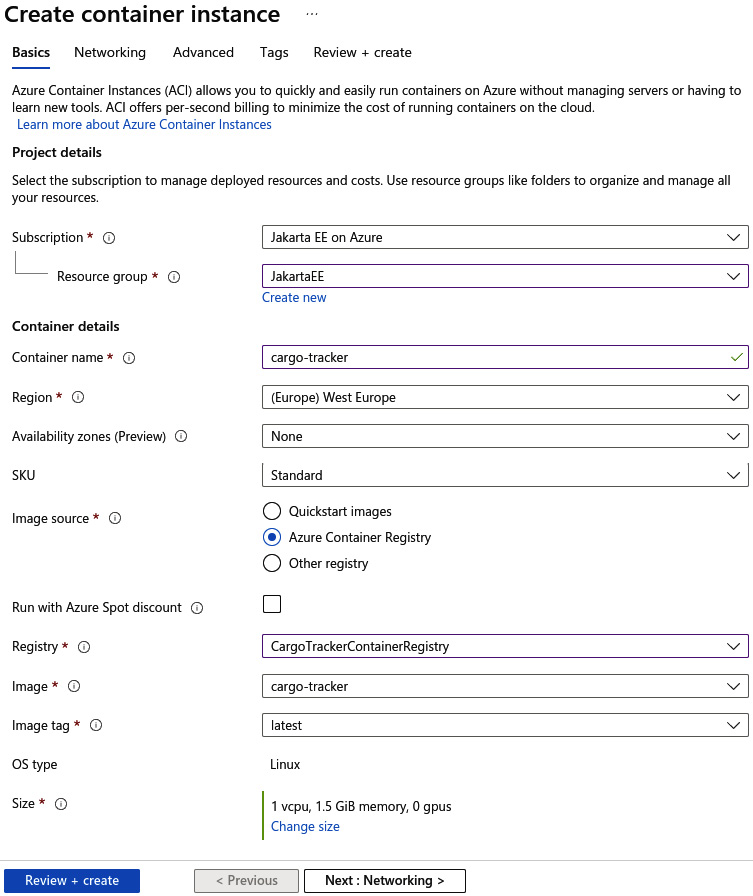Overview of this book
Cloud-Native Development and Migration to Jakarta EE will help you unlock the secrets of Jakarta EE's evolution as you explore the migration and modernization of your applications. You’ll discover how to make your code compatible with the latest Jakarta EE version and how to leverage its modern features effectively.
First, you’ll navigate the realm of cloud-native development as you demystify containers and get introduced to the Eclipse MicroProfile, a powerful tool in your toolkit. Next, you’ll take the bold step of transitioning your applications from local hardware to the limitless possibilities of the cloud. By following the author’s expert guidance to deploy your Jakarta EE applications on Microsoft Azure, you’ll gain hands-on experience in managing cloud resources.
In the final leg of your journey, you’ll explore the world of serverless architecture. You’ll learn to design and run services that are truly serverless, harnessing the potential of the event-driven paradigm for scalability and cost-efficiency.
By the end of this book, you’ll have mastered Jakarta EE and become a proficient cloud-native developer. Join us on this exciting journey of transformation and innovation as you pave the way for the future of Jakarta EE and cloud-native development.



 Free Chapter
Free Chapter


